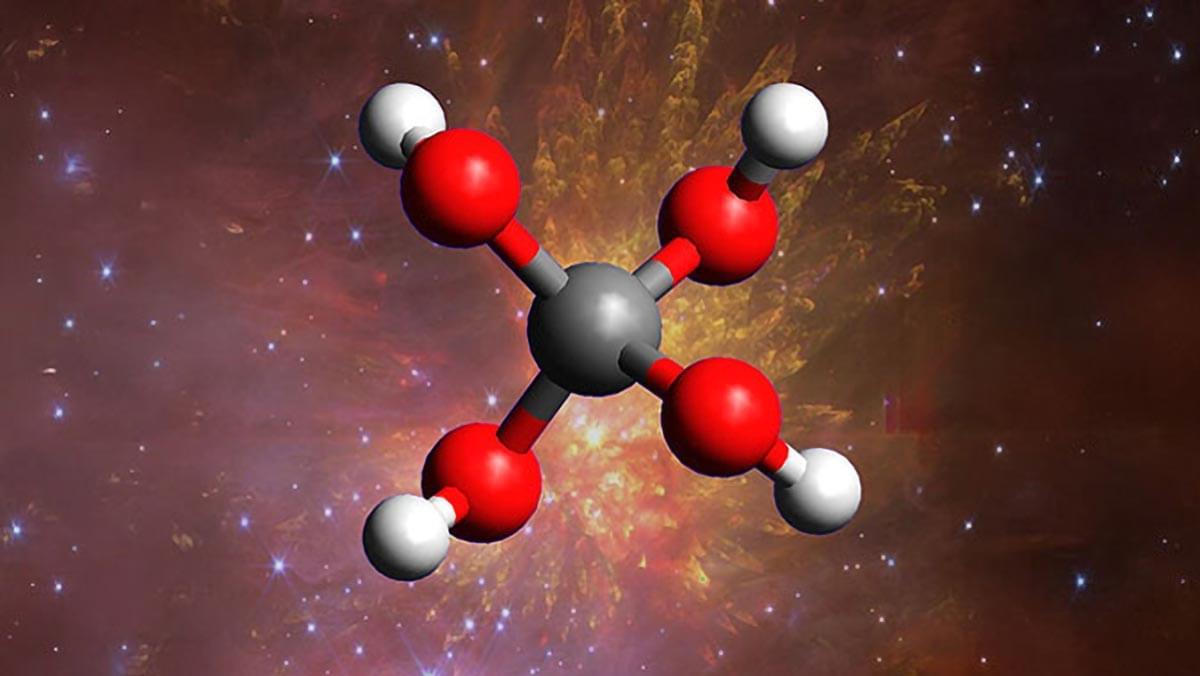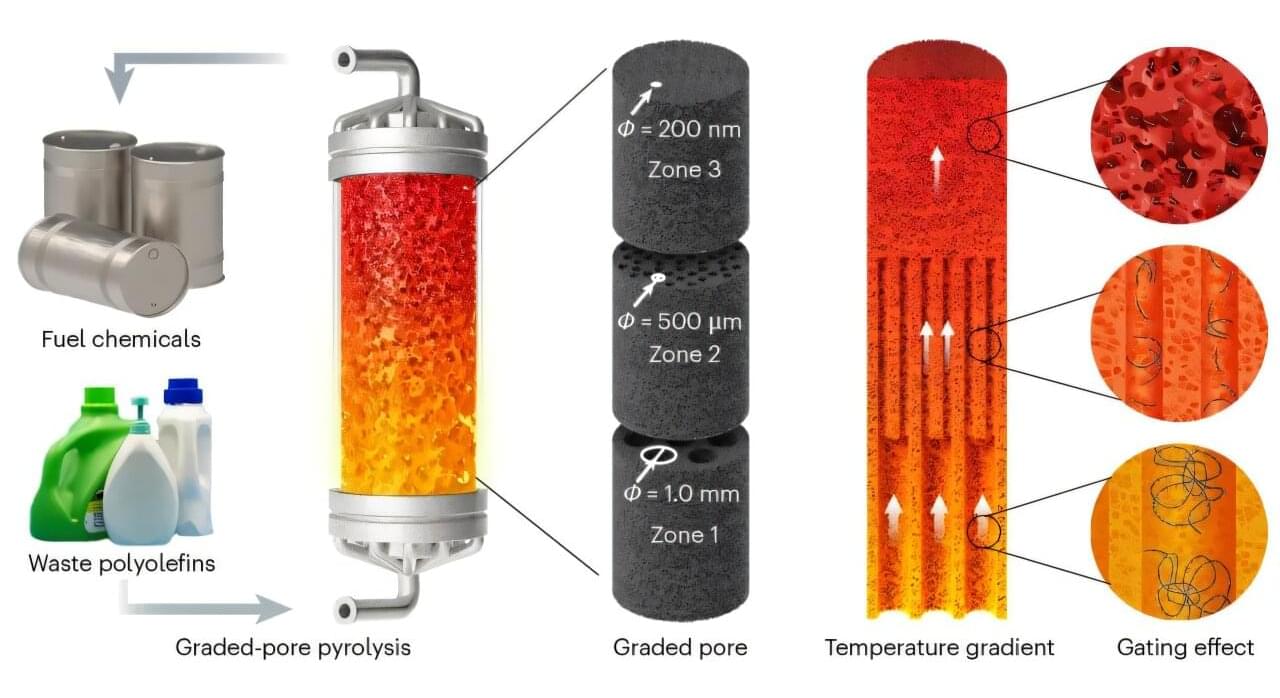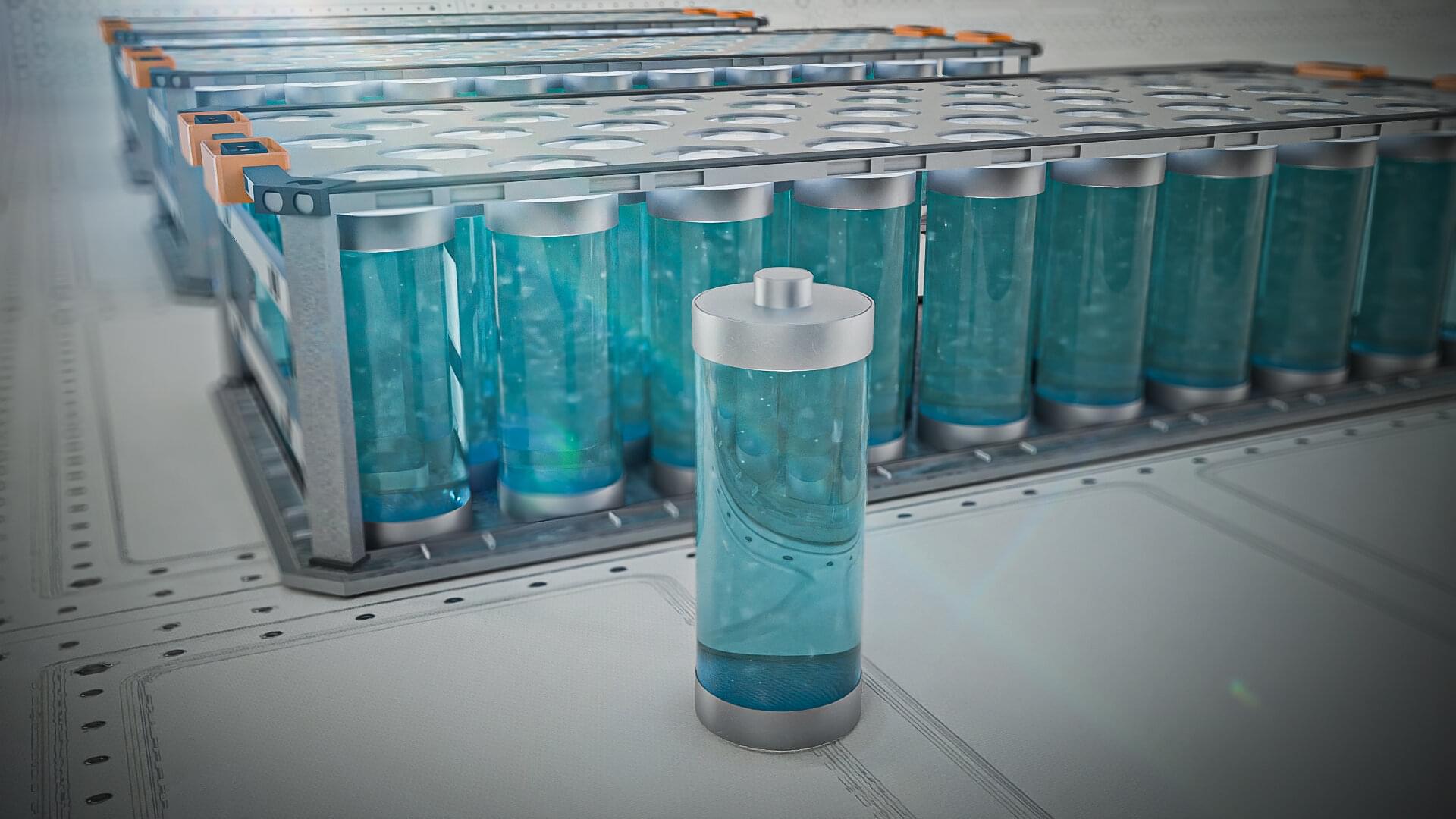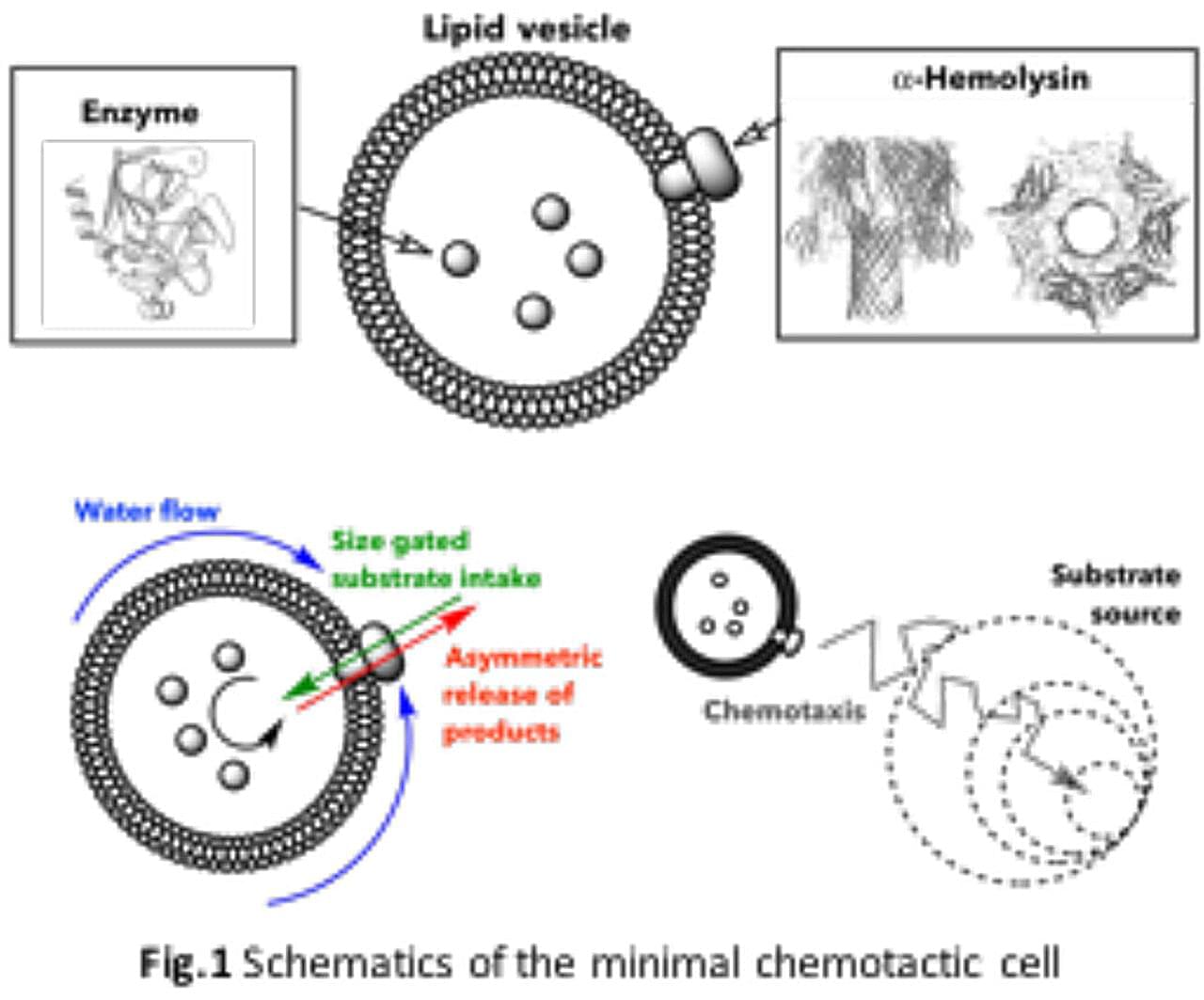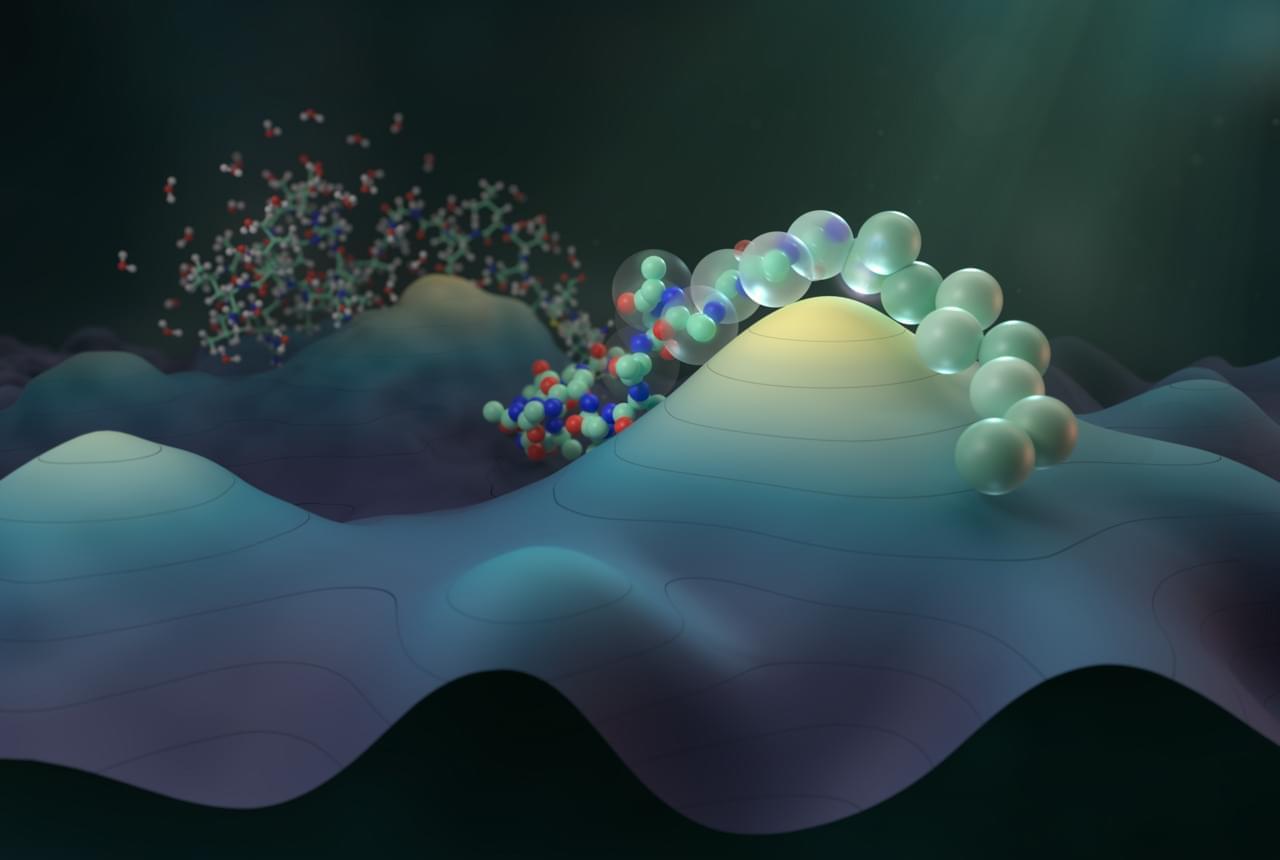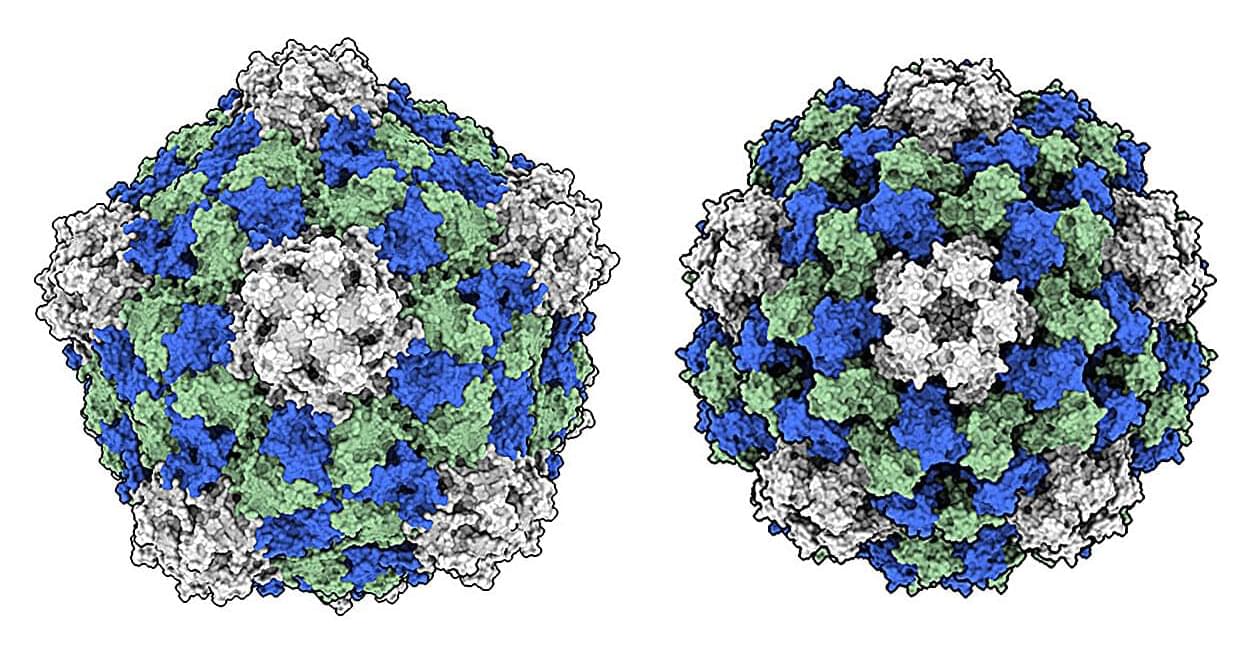Scientists have developed a technology that may help humans survive on the moon. In a study published in the journal Joule, researchers extracted water from lunar soil and used it to convert carbon dioxide into oxygen and chemicals for fuel—potentially opening new doors for future deep space exploration by mitigating the need to transport essential resources like water and fuel all the way from Earth.
“We never fully imagined the ‘magic’ that the lunar soil possessed,” said Lu Wang of the Chinese University of Hong Kong, Shenzhen.
“The biggest surprise for us was the tangible success of this integrated approach. The one-step integration of lunar H2O extraction and photothermal CO2 catalysis could enhance energy utilization efficiency and decrease the cost and complexity of infrastructure development.”

